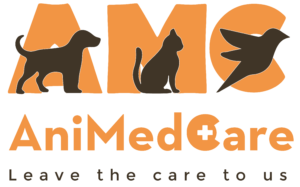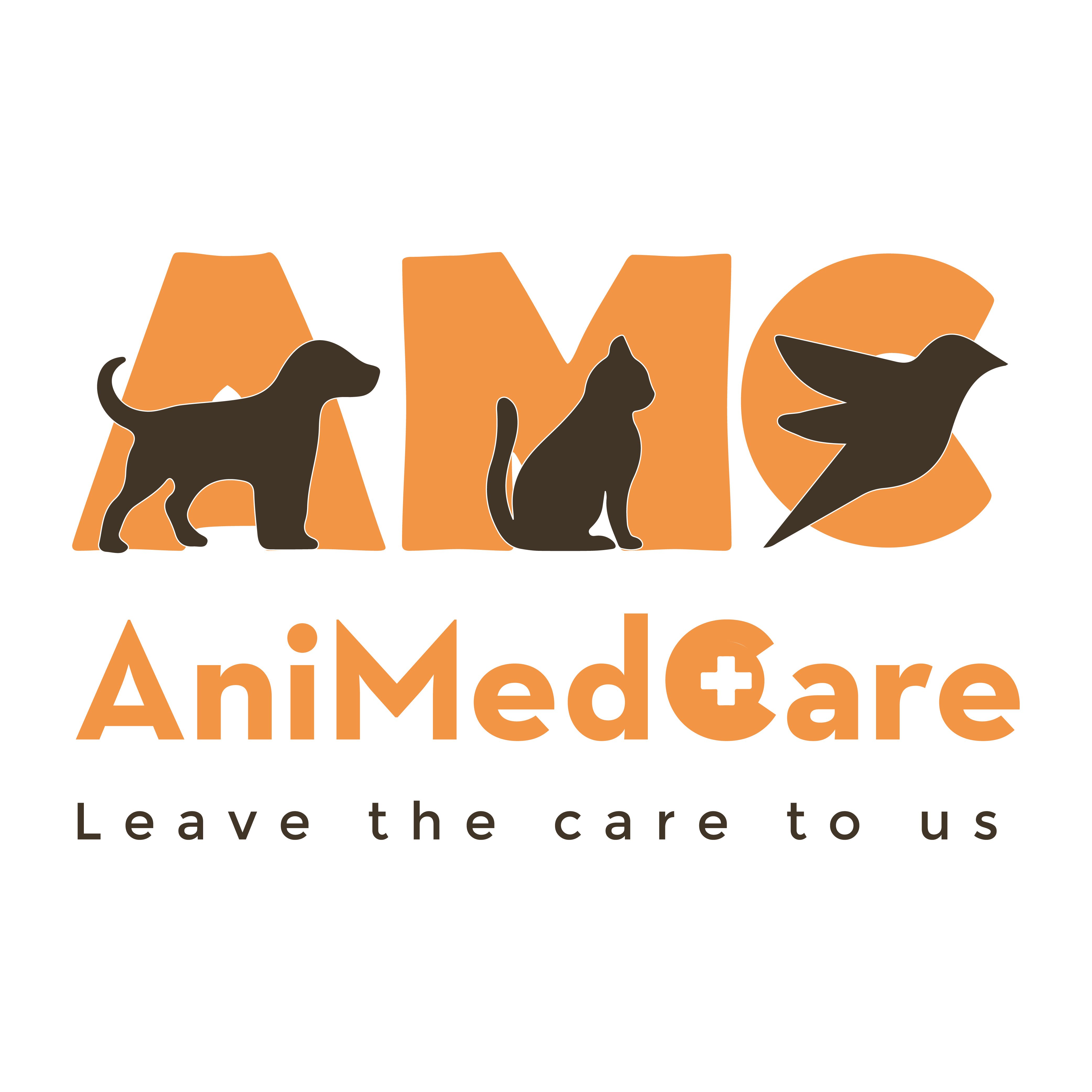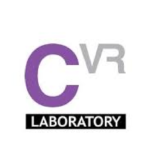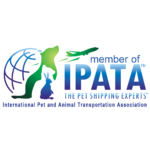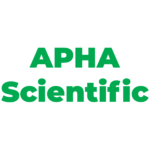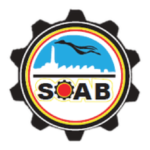SURGERY
Cesarean section
The cesarean section involves the extraction of the fetus from the dam, through a surgical opening in the abdominal wall and the uterus. It is commonly indicated in cases of dystocia when a calf cannot be delivered by a normal parturition.
Abdominal Surgery
Severe Acidosis, Distended abdomen, Over Grain Feeding, Ingestion of foreign objects.
Hernia repair (Umbilical)
During umbilical hernia repair, the surgeon makes a small cut of about 2 to 3 cm at the base of the belly button and pushes the fatty lump or loop of bowel back into the tummy. The muscle layers at the weak spot in the abdominal wall where the hernia came through are stitched together to strengthen them.
Teat laceration repairs
Teat lacerations are catastrophic injuries in dairy cattle. They are often self-inflicted when the cow stands, and can occur in tie stalls or free stall barns. They have multiple configurations. If not repaired promptly, they can have serious consequences for the future of the animal.
Teat obstruction
Teat obstructions (teat peas) are usually the result of proliferation of granulation tissue after the occurrence of a teat injury. Obstructions are usually recognized when they interfere with milk flow, one quarter remaining all or mostly unmilked.
Castration
Removal or destruction of the testicles or ovaries using radiation, surgery, or drugs. Medical castration refers to the use of drugs to suppress the function of the ovaries or testicles.
Upward Patellar Fixation
Upward fixation of the patella is a common surgical problem in cattle and buffaloes. It is characterized by temporary or permanent dislocation of the patella from its regular position with difficulty during locomotion.
Dermoid Cyst
Dermoids are a relatively rare congenital anomaly in cattle. They have been reported in most breeds of cattle and are generally diagnosed in very young calves. The hair that grows from the dermoid causes severe irritation resulting in epiphora, ocular discharge, blepharospasm and corneal ulceration.
Atresia Ani
Atresia ani is the congenital condition in which calves are born with either a small opening or no opening at all at the anus due to a failure of the anal membrane to break down.
Navel ill
Navel ill occurs shortly after birth when bacteria from the environment or skin are able to enter the calf through the navel and cause an infection or abscess in the umbilical (navel) area.
Fractures
Fractures are commonly encountered in bovines, resulting from a self-inflicted trauma or external factors such as herd mate or farm machinery. The prognosis depends on the severity of injury (open or closed), bone involved, location, and type of fracture.
Knuckling of Fetlock
Knuckling refers to flexion of the fetlock joint caused by damage to spinal cord, nerves, muscle or tendons. There may be partial flexion where the soles of the hooves are bearing weight, or extreme flexion where the front of the pastern is bearing weight. Many injuries or conditions may cause knuckling.
Gangrenous mastitis
Bovine gangrenous mastitis is an acute or peracute condition involving one or more quarters of the cow’s udder. It occurs infrequently, but when it occurs, mortality of the affected cows is high.
Enucleation
Enucleation is the surgical removal of the entire eyeball leaving behind the lining of the eyelids and muscles of the eye.
Amputation
In cattle, digit amputation is performed successfully in animals of various age and production types. The procedure is simple with a quick return to previous production. Limb amputation is not frequently performed because of the weight of the animal and long aftercare.
Penile Surgery
Separate the penis from the surrounding tissues and pull it caudally and dorsally. A large carmalt can be inserted between the penis and pelvis to help retract the penis. At least 6 cm of penis should be exposed without tension to prevent subcutaneous retraction postoperatively.
Cecal Torsion
Distension of the caecum, torsion or retroflexion of the organ, additional distension of the spiral colon.
Urethral Extension Surgery
It is indicated for urine pooling that does not respond to Caslicks and/or perineal body transection.
Cosmetic Dehorning/Disbudding
Surgical dehorning is most commonly indicated in adult animal due to trauma (horn breakage), scurs
or missed dehorning. Adult cattle may be surgically dehorned if not dehorned at an earlier age; however, horn tipping is preferable.
Hemorrhagic Bowel Syndrome
sudden anorexia and depression, sudden and pronounced drop in milk production. abdominal distention and pain, with kicking at the abdomen.
Hock Surgery
Accidental Injury
Upward Patellar Fixation
It is characterized by temporary or permanent dislocation of the patella from its regular position with difficulty during locomotion.
Wart Removal
Large pedunculated lesions may be removed either surgically or by tying off using a suitable ligature around the base.
Orthopedic procedures
Reluctance to move, Exhibit signs of pain when defecating and may stand with an arched back, Fracture.
Dental surgery
Painful lesions in the mouth. Irregular and sharp molars causing injuries to the tongue and cheek.
Different lateral movements of the jaws.
Foreign body and tumor removal
Pain, Nasal drainage, coughing and wheezing, Breathing problems.
Grain Poisoning
Profuse scouring of pale, smelly feces is evident. As grain poisoning becomes worse, the heart and respiration rates increase, while body temperature remains normal or is below normal. Rumen contractions may cease altogether and the animal may appear bloated.
Urolithiasis
If they are large enough, uroliths may block the normal drainage of urine from the kidney to the bladder, or from the bladder to the penis. This prevents the animal from passing urine, and causes a condition called obstructive urolithiasis. In cattle, most reported cases occur in steers.
Preputial Prolapse
Preputial prolapse refers to protrusion and eversion of inner lining of preputial sheath with no tendency to spontaneous return. The condition occurs commonly in cattle breeds that have long prepuce, large preputial orifice and bulky pendulous sheath.
